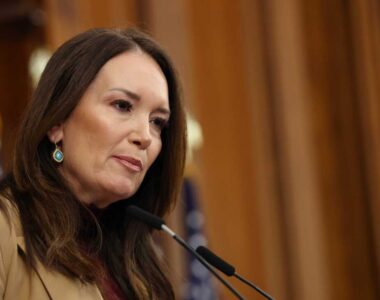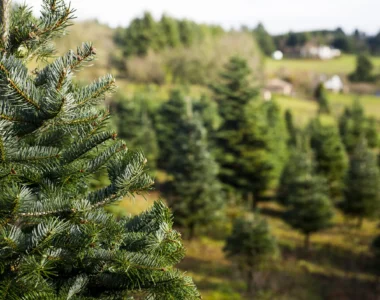
A shift is happening in the American food system — and the numbers make it clear. The USDA recently released data showing a steady decline in cattle on feed and meat supply, and that trend has serious implications for both producers and consumers.
As of May 1, there were 11.4 million cattle on feed in U.S. feedlots with a capacity of 1,000 head or more. That’s a 2% drop from the same time last year. Placements into feedlots in April fell to 1.61 million head — a 3% decline. Marketings also dipped 3%, totaling 1.83 million head for the month.
Placements by weight category:
- Under 600 lbs: 310,000 head
- 600–699 lbs: 225,000 head
- 700–799 lbs: 370,000 head
- 800–899 lbs: 443,000 head
- 900–999 lbs: 195,000 head
- 1,000+ lbs: 70,000 head
This decline in cattle on feed and meat supply means fewer animals are entering the system — and that reduced inventory is already showing up in cold storage data.
Cold Storage Numbers Reflect a Bigger Shift
At the end of April, the USDA reported:
- Beef in cold storage dropped 2% year-over-year
- Pork supplies fell 9%
- Pork belly inventories plunged 22%
- Cheese stockpiles declined 2%
These drops confirm that the decline in cattle on feed and meat supply is translating to fewer meat products available for distribution and sale. That could mean higher prices and tighter availability in the coming months — especially in grocery stores where supply chains are more rigid.
What This Means for Farmers
For producers, the decline in cattle on feed and meat supply brings both challenges and opportunity. With fewer cattle moving through feedlots and increasing pressure on traditional supply chains, farmers have a chance to meet growing local demand.
Now is the time to connect directly with customers who are actively seeking local alternatives. Platforms like Farm Trader help small and mid-sized farms sell directly to consumers — offering beef, pork, poultry, and more without the middleman.
If you’re raising livestock, having your products listed online makes it easier for customers to find and support you — especially during a period of national supply uncertainty.
Why This Matters for Shoppers
Consumers are already seeing the effects of the decline in cattle on feed and meat supply: fewer meat choices, rising prices, and restock delays in grocery stores. But there’s a better way to buy: local.
By choosing local farms, you skip the national supply chain and go straight to the source. You know where your food comes from, how it was raised, and who raised it. That transparency and trust matter — especially now.
Farm Trader makes it easy to find local farms near you and shop directly, whether you’re looking for steaks, bacon, or pasture-raised poultry.
A Better Way Forward
The decline in cattle on feed and meat supply highlights a simple truth: national systems are fragile, but local food networks are resilient.
Whether you’re a farmer looking to grow your customer base or a shopper looking for fresh, reliable options, supporting local isn’t just a feel-good choice — it’s a smart one.
Know your food. Know your farmer. Shop local.
Visit thefarmtrader.com and see what’s growing near you.



